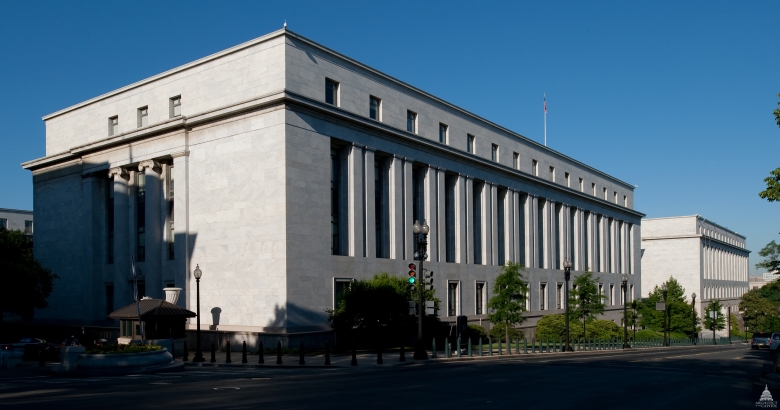
- Who We Are
- Architecture
- Art
- Events
- Grounds
- Multimedia
- Projects
- Book a Tour
- For Visitors
- For Hill Employees
- News & Notices
- Blog
Featured
Visitors can tour many highlights on Capitol Hill without registering.
Featured
On February 24, 2010, President Barack Obama nominated Mr. Ayers to serve as...
Featured
For those of us in Washington, D.C., on September 11, 2001, the site of the...








